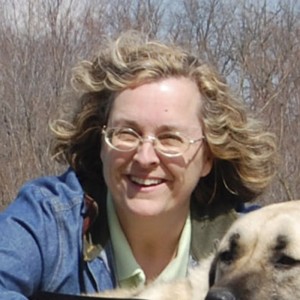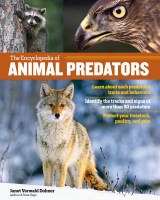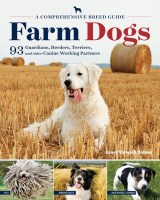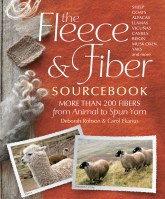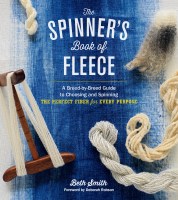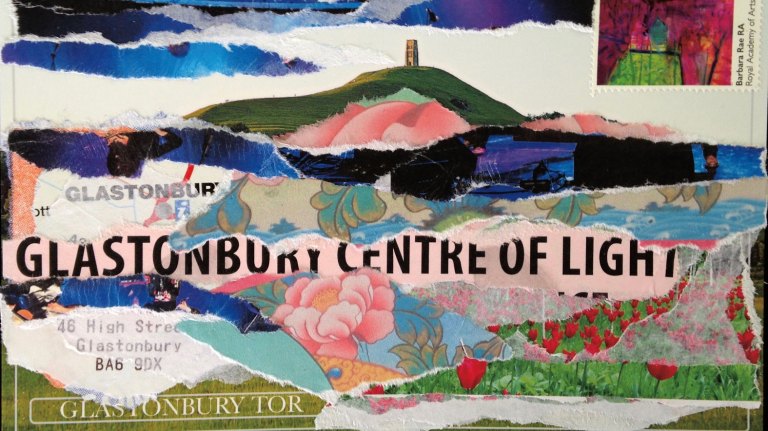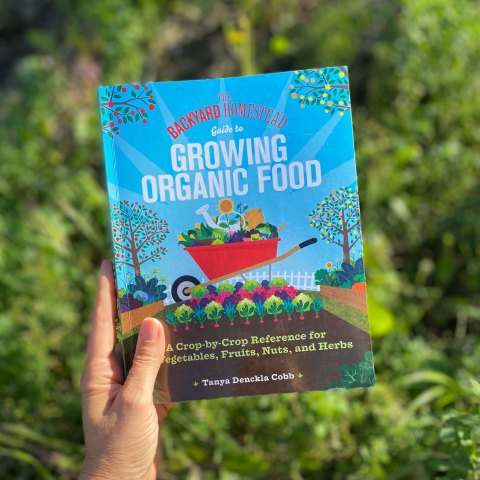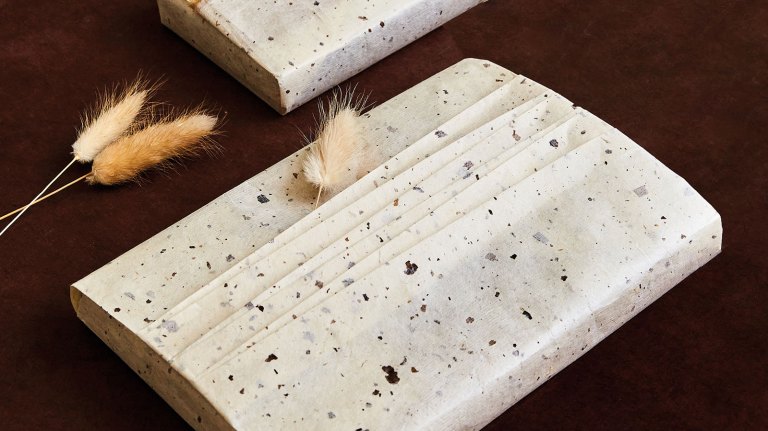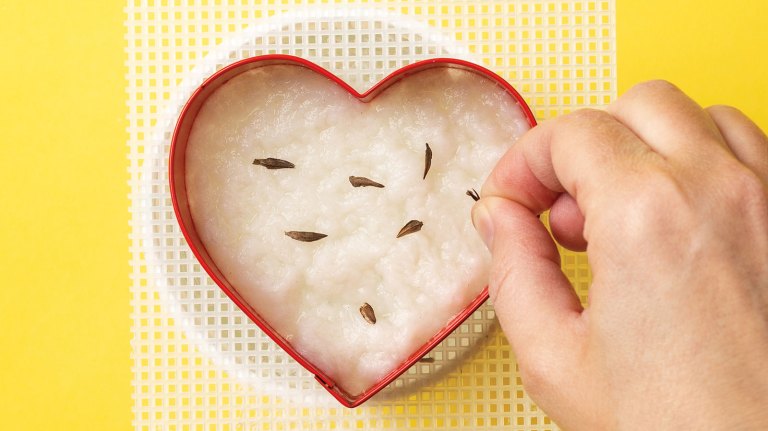From Almost-Doomed to Domesticated: Restoring the Alaskan Musk Ox
On a recent trip to Alaska, author Janet Vorwald Dohner visited a farm dedicated to sustainably raising musk oxen for qiviut, their luxuriously soft fiber.
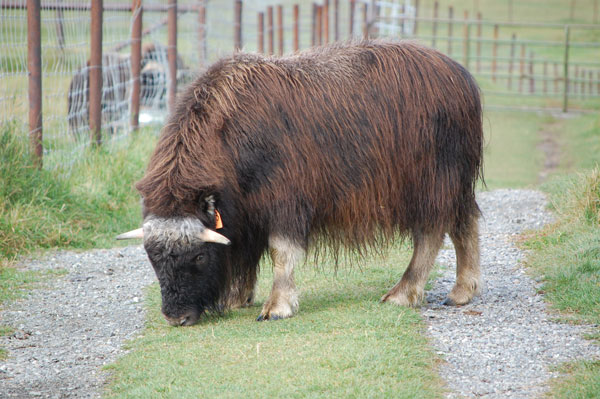
In mid-September, after the rush of summer visitors was over, my husband and I visited the Musk Ox Farm in Palmer, Alaska. We walked the grounds, finding green pastures that reminded us of home, except for the shaggy musk oxen we came face-to-face with as they grazed in the fields. We were struck by how at-home these animals appeared. Remarkably, they are contained with typical wire mesh fencing, and it is obvious they are handled with kindness. In summer, the oxen eat a diet of valley grasses supplemented with grain, browsing as they would in the wild. The springtime babies, divided into groups by age and sex, were frankly adorable.
Farm staff member Cole Harmon patiently answered our questions as we went, reminding us more than once not to crouch down, in case our low posture made us look like wolves to the oxen. A fully-grown male musk ox stands 4–5 feet tall and weighs up to 1,000 pounds, and both sexes have horns, although they are trimmed and tipped for safety at the farm. An adult musk ox will defiantly charge and head-butt a predator.
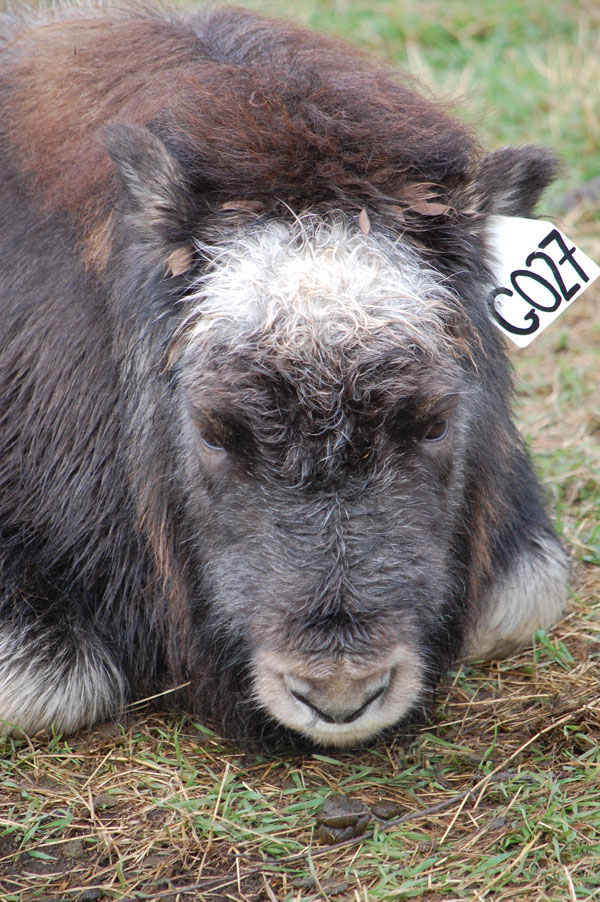
The farm in Palmer is a nonprofit committed to both the long-term domestication of musk oxen and to creating a sustainable fiber-farming operation. Located on land that was once farmed by the Matanuska Colony Project, a Depression-era resettlement effort that offered a fresh start to families from the upper Great Lakes states, the Musk Ox Farm represents a fresh start for animals whose populations in Alaska were devastated by overhunting in the late nineteenth century. Standing to face attackers in a defensive circle might have been effective against animal predators, but it proved no match against armed hunters. In the 1930s, with congressional support, musk oxen from Greenland were released first on Nunivak Island and later on the Alaskan mainland, with the goal of reestablishment and potential domestication.
Arctic anthropologist John J. Teal, Jr., is the father of that domestication effort, which began in Vermont in 1954 and continued at the University of Alaska in Fairbanks before becoming the work of the nonprofit Musk Ox Development Corporation. In 1969, Teal also organized the Oomingmak Musk Ox Producers’ Co-Operative to sell knitted items made by native Alaskans living in remote villages.
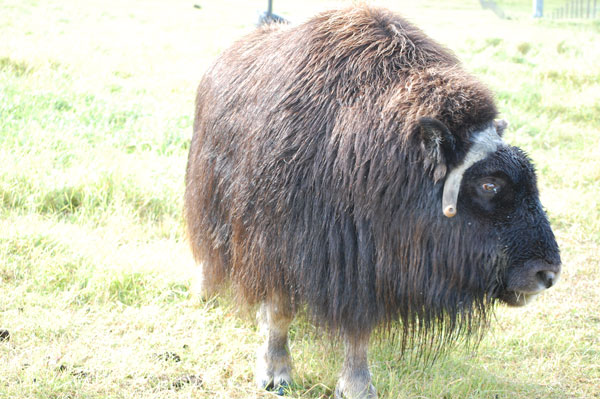
More closely related to goats or sheep than to cattle or bison, the musk ox is not an ox, and it doesn’t produce musk. The more appropriate name for these creatures is oomingmak, Inupiaq for “the bearded one.” Well-adapted to arctic conditions with their stout bodies and short legs, musk oxen are almost completely covered with long guard and skirt hair and a valuable insulating undercoat, called qiviut (pronounced kee-vee-ute) in the Inupiat language. An adult animal produces six to eight pounds of qivuit per year, before cleaning and processing.
Qiviut
Qiviut is shed naturally each spring and can be gathered where it falls to the ground or catches on bushes. On the farm, this valuable fiber is gently combed out over several sessions. Like cashmere, qiviut needs to be dehaired of long guard hair either by hand or machine. An intermediate fine hair can’t be removed by commercial equipment. Qiviut can be extended or diversified by blending it with fine fibers such as cashmere, alpaca, Angora rabbit, silk, or very fine wool. Because of its soft drape, qiviut is usually knitted into items such as hats, scarves, or hooded nachaq or “smokerings” worn around the neck.
In The Fleece & Fiber Sourcebook, authors Deborah Robson and Carol Ekarius describe qiviut as silvery-gray to light gray-brown in color, with no crimp (which means no fiber memory) and no scales, so it will not felt or shrink. Reportedly eight times warmer than wool by weight, qiviut is softer and finer than cashmere and second only to vecuña as the rarest and most expensive fiber.

Today, the worldwide musk ox population is estimated at 80,000 to 125,000, found primarily in Canada. Over 5,000 live in Alaska. While there have been attempts to farm musk ox elsewhere, they have not yet proven profitable just for their raw fiber. The oxen don’t cope well with heat, which limits them primarily to northern climates. There can also be legal obstacles to private ownership of wild animals.
If you visit Alaska, whether you are a fiber- or animal-lover, it is well worth a visit to the Musk Ox Farm and its store, both of which rely entirely on visitors and supporters. Sustainable northern agriculture is certainly a worthy goal. Domestication itself is a long process and a journey few animal species have made successfully, but the future of wild musk oxen is uncertain due to climate change and ever-expanding development. And I can attest to the fact that qiviut is simply the softest and lightest fiber I’ve ever had the pleasure to handle.
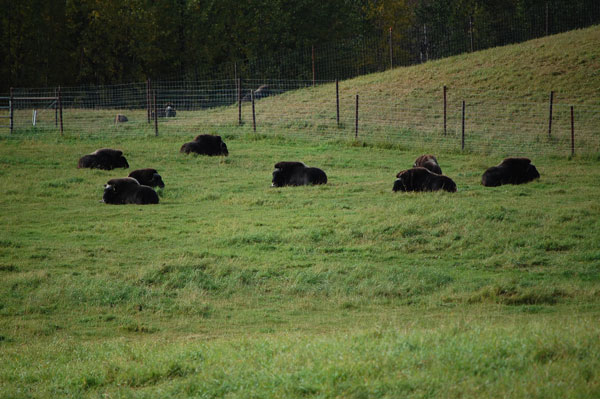
Additional Resources:
The Oomingmak Musk Ox Producers’ Co-Operative purchases qiviut from the Musk Ox Farm and from wild animals harvested in Canada, processing it into natural brown yarn for its 250 members. The women knit with a different traditional pattern in each village. The Musk Ox Farm and the Large Animal Research Station (LARS) at the University of Alaska in Fairbanks also have yarn and other products available for sale.
For more information on Alaskan native communities, traditions, musk oxen, and the use of qiviut, I recommend Arctic Lace: Knitting Projects and Stories Inspired by Alaska’s Native Knitters by Donna Druchunas.
